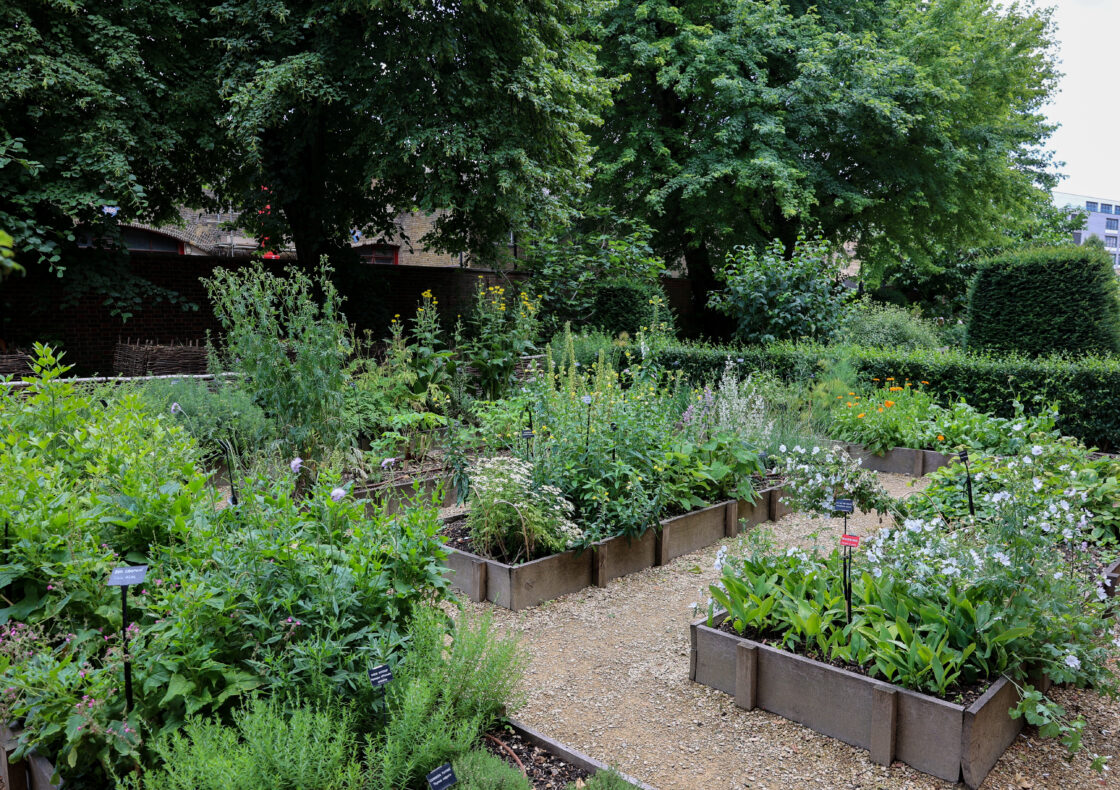Most urban gardens in the 1600s had a functional rather than leisurely use, and every plant had its place, whether for medicine, household chores or eating.
Urban dwellers during the Stuart era (1603–1714) used their outdoor space to carry out household tasks such as growing food and doing laundry. It was also where you would find the toilet. Alongside the herbs and vegetables grown in raised beds, there were decorative features.
Arbours (shady areas created by climbing plants and trees) offered a place to shelter from the sun or rain, while fruit trees were prized for their scented blossoms and fruits.
Some plants that were grown in Stuart gardens more than 400 years ago, such as rosemary and roses, are still popular in gardens today.

Sweet rocket
Sweet rocket, Hesperis matronalis, Photo Credit: Harriet Maxwell
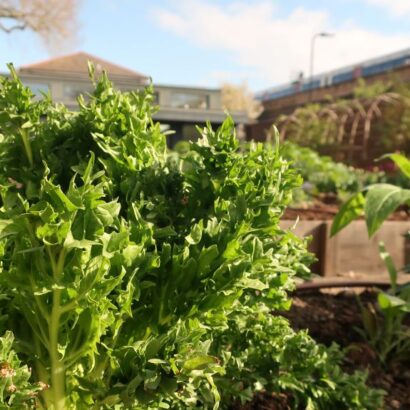
Chicory
Chicory, Cichorium intybus, Photo Credit: Harriet Maxwell
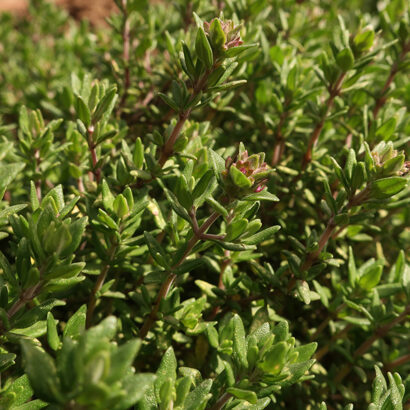
Common thyme
Common thyme, Thymus vulgaris, Photo Credit: Harriet Maxwell
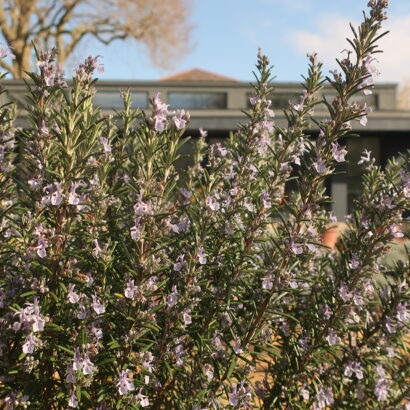
Rosemary
Rosemary, Salvia rosmarinus, Photo Credit: Harriet Maxwell
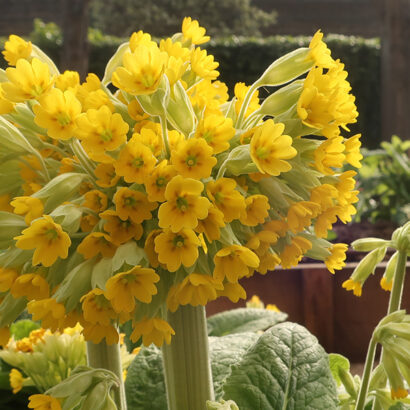
Cowslip
Cowslip, Primula veris, Photo Credit: Harriet Maxwell

Wild pansy
Wild pansy, Viola tricolor, Photo Credit: Harriet Maxwell

Free digital guide
Explore Museum of the Home with our digital guide on Bloomberg Connects, the free arts and culture app.
